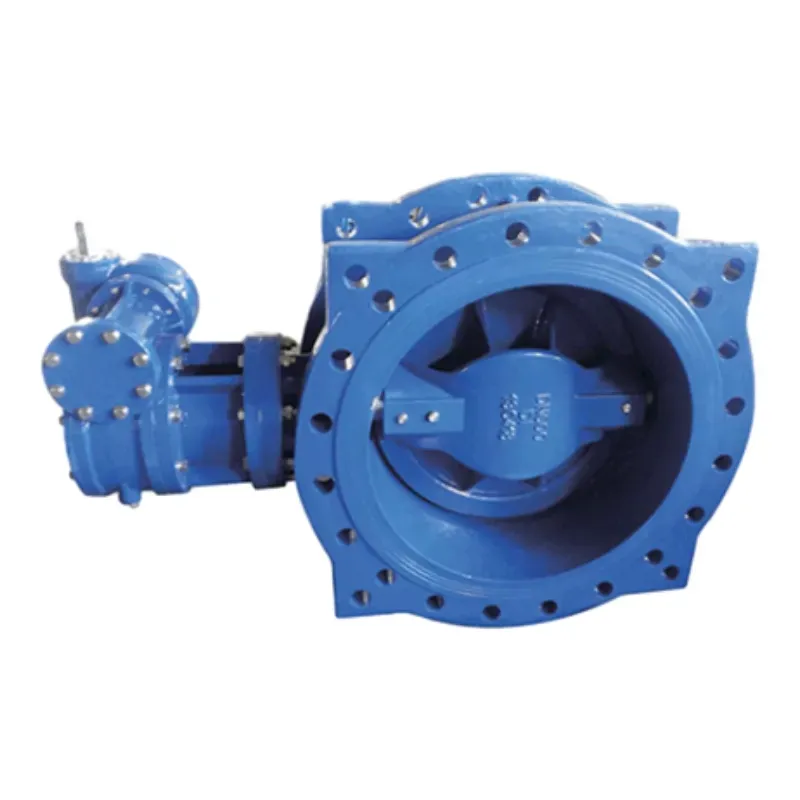Novemba . 19, 2024 22:00 Back to list
epdm lined butterfly valves
Understanding EPDM Lined Butterfly Valves A Comprehensive Overview
Butterfly valves are essential components in various industrial applications, designed to regulate the flow of fluids through pipes. Among the diverse types of butterfly valves, EPDM lined butterfly valves stand out due to their unique properties and benefits. This article delves into what EPDM lined butterfly valves are, their advantages, typical applications, and why they are a preferred choice in many sectors.
What Are EPDM Lined Butterfly Valves?
EPDM, or Ethylene Propylene Diene Monomer, is a type of synthetic rubber known for its excellent resistance to heat, ozone, and weathering. An EPDM lined butterfly valve features a body typically made of metal, which is covered with an EPDM lining. This lining serves several critical functions, primarily protecting the valve body from corrosive materials and wear while ensuring a tight seal to prevent leaks.
The design of these valves includes a disc that rotates around a central axis, enabling quick and efficient regulation of flow with minimal pressure drop. The simplicity of their operation makes butterfly valves an attractive option for various industries.
Advantages of EPDM Lined Butterfly Valves
1. Corrosion Resistance EPDM-lined butterfly valves are particularly advantageous in environments where exposure to corrosive substances is common. The EPDM lining provides a protective barrier that can withstand harsh chemicals, extending the valve's lifespan.
2. Temperature and Pressure Tolerance EPDM material can operate effectively in a wide range of temperatures, typically from -40°F to 250°F (-40°C to 121°C). This makes EPDM-lined butterfly valves suitable for both cold and hot liquids, enhancing their versatility.
3. Low Maintenance These valves require minimal maintenance due to their robust design and the durability of the EPDM lining. This characteristic helps reduce long-term operational costs for facilities using these valves.
epdm lined butterfly valves

4. Versatile Applications EPDM lined butterfly valves are ideal for various applications, including water treatment, chemical processing, HVAC systems, and food and beverage industries. Their ability to handle different fluid types—ranging from neutral to slightly aggressive—further elevates their utility.
5. Environmental Sustainability EPDM is often chosen for its non-toxic properties, making it suitable for applications involving potable water. Their resistance to leaching ensures that the fluids being transported remain uncontaminated, which is particularly critical in the food and beverage sector.
6. Cost-Effectiveness Although EPDM-lined butterfly valves may have a higher initial cost than other types of valves, their longevity and low maintenance needs provide a significant return on investment. They reduce the frequency of replacements and repairs, ultimately saving costs over time.
Common Applications
Industries that commonly utilize EPDM lined butterfly valves include
- Water and Wastewater Treatment For the regulation of flow within treatment systems, where durability against corrosive agents is vital. - Chemical Processing Due to their ability to handle aggressive chemicals safely, they are a preferred option in chemical plants. - Food and Beverage Their non-toxic nature makes them ideal for transporting food-grade liquids without compromising safety standards. - HVAC Systems Used for controlling the flow of heating and cooling liquids, ensuring optimal energy efficiency.
Conclusion
EPDM lined butterfly valves offer distinct advantages that make them suitable for a range of industrial applications. Their exceptional resistance to corrosion, temperature tolerance, low maintenance requirements, and environmental safety profile position them as a preferred option for industries seeking reliable and efficient fluid control solutions. Understanding these valves' design and function can help businesses make informed decisions, leading to enhanced operational performance and sustainability in their processes.
Share
-
Reliable Wafer Type Butterfly Valves for Every IndustryNewsJul.25,2025
-
Reliable Flow Control Begins with the Right Ball Check ValveNewsJul.25,2025
-
Precision Flow Control Starts with Quality ValvesNewsJul.25,2025
-
Industrial Flow Control ReliabilityNewsJul.25,2025
-
Engineered for Efficiency Gate Valves That Power Industrial PerformanceNewsJul.25,2025
-
Empowering Infrastructure Through Quality ManufacturingNewsJul.25,2025